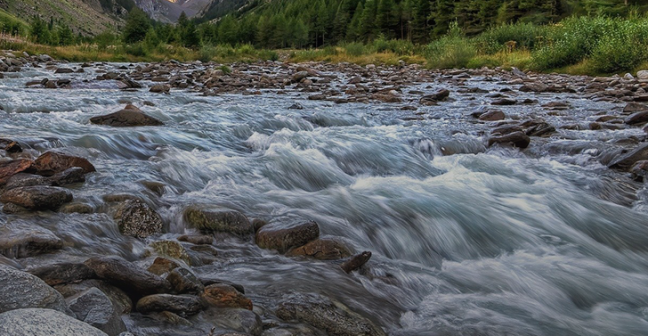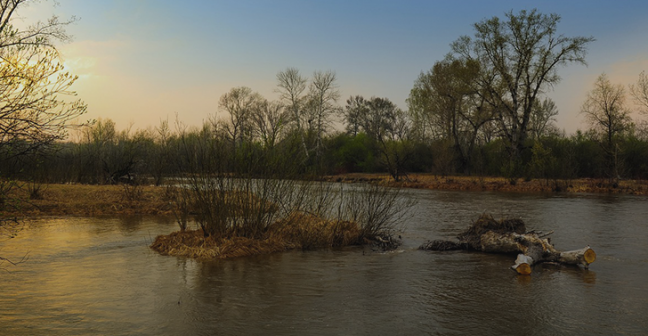Environmental problems are never just problems in the natural world - they are also always intimately connected with human activities, which have social and economic dimensions.
Systems thinking provides a set of principles and tools to help us make sense of the complex, interacting web...





